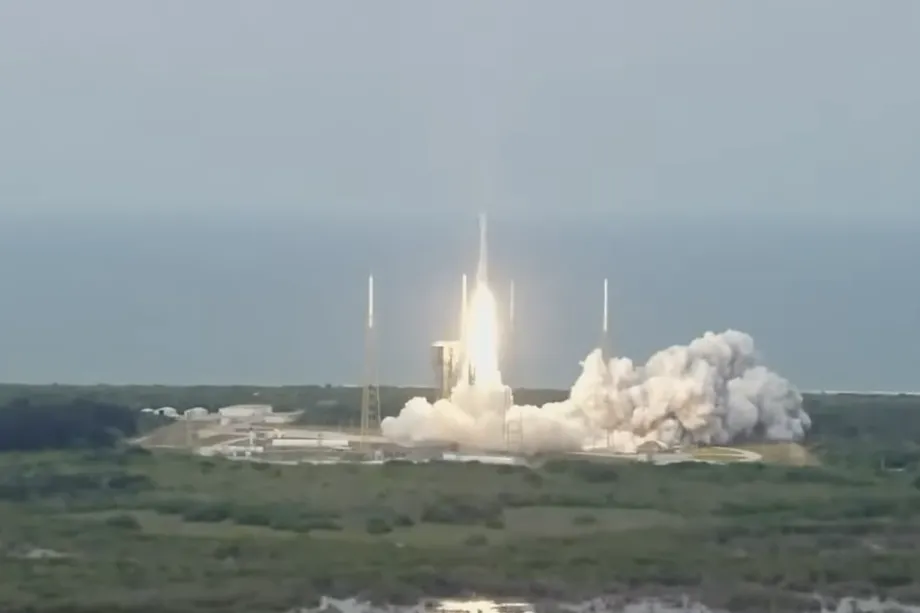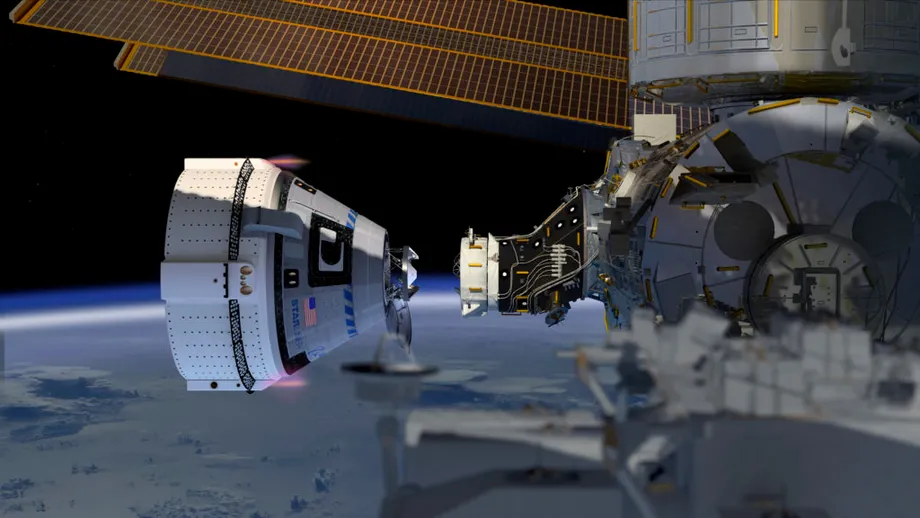Nearly two and a half years after the first launch was not carried out as planned, Boeing's manned spacecraft CST-100 starliner was successfully launched into space this afternoon local time, reaching the correct orbit required for the rendezvous with the international space station tomorrow evening The successful launch marks the beginning of the key launch test of starliner, which will be carried out in space in the coming week, which will help to prove whether the spacecraft can carry people into space one day.

Starliner is a private spacecraft program developed by Boeing in cooperation with NASA. It is mainly used to help transport the agency's astronauts to and from the international space station in low earth orbit. The capsule is one of two aircraft funded by NASA to transition space transportation from a government to a commercial company. The other is the well-known crew dragon of SpaceX. But before NASA astronauts can take the starliner, the space agency wants Boeing to prove that the capsule can perform all tasks of normal space missions without crew.
That's what today's flight has to do, but the road to this point is rugged. In fact, this mission is the second attempt. Boeing tried the same unmanned starliner flight as early as December 2019, but that mission -- called oft -- encountered a series of software failures. The capsule did not arrive at the international space station, and Boeing had to take the "starliner" home in advance, so it failed to prove its docking ability with the international space station.
Subsequently, Boeing agreed to reschedule a test for NASA and was close to launching again last summer. But just hours before liftoff, Boeing stopped planning after discovering that some propellant valves could not work properly and had to take starliner back to the factory to solve the problem.
Now starliner is finally on the right track. "We got a good performance in orbit," Boeing communications representative Josh Barrett said in the live broadcast of the launch. "Starliner is in a stable circular orbit on its way to the international space station.
However, it still has a lot to prove. Next, it will need to prove that it can automatically dock with the international space station and use its onboard sensors to guide it into an open docking port. Then it will need to undock and go home and land safely on earth. Therefore, despite the successful launch of starliner today, the work has just begun.
Boeing has shown that it appears to have overcome the problems it encountered in 2019. At that time, starliner was launched into space on the Atlas V rocket operated by the joint launch Alliance (ULA), but its work was not completed when it was separated from the booster. The four thrusters on the starliner must burn for less than a minute to put the capsule in the right orbit. During the flight in 2019, a software failure made "starliner" mistakenly think that it was the wrong time of the day, resulting in the spacecraft mistakenly igniting its own thrusters. As a result, starliner consumed too much propellant and did not enter the correct orbital altitude required to reach the international space station.
But today, the ignition of the propeller seems to be going well, and the "starliner" has entered its predetermined orbit. In addition, there seems to be no problem with Boeing's propellant valve, which led to the cancellation of the company's last launch as early as June 2021. Before the flight, Boeing replaced the valve and added sealant to prevent moisture from entering the valve and causing problems.

Now, starliner will spend about a day in space, gradually improve its orbit, and then try to dock with the international space station at 7:10 p.m. Eastern time on Friday. The crew of the space station will be monitored for their approach. If successful, they will open the starliner hatch on Saturday to retrieve some of the cargo. The starliner also features a manikin called Roxy the rocket and sensors that help collect data to determine the flight of future passengers. Four to five days after docking with the international space station, "starliner" will unlock the international space station, then return home and land somewhere on earth. There are five possible locations, including the White Sands Missile Launch Site in New Mexico.
According to the progress of this mission, NASA and Boeing will then prepare starliner for manned space flight and carry out a manned flight test mission called CFT. Although NASA has selected a group of astronauts who can fly on mission, the agency said it would finalize the candidate for the first crew on starliner by the end of summer.